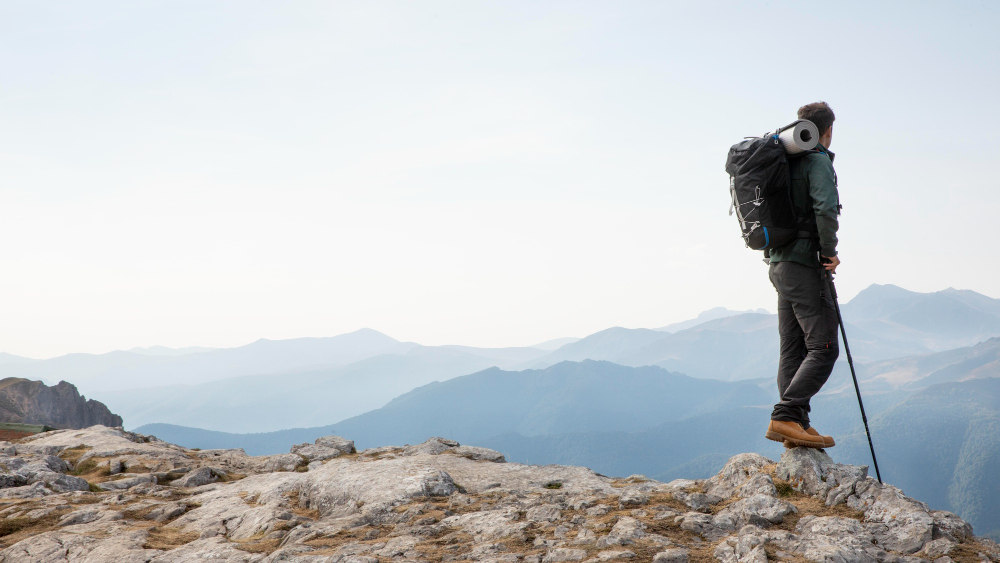Few adventures compare to the thrill of Kilimanjaro climbing. Rising 5,895 meters (19,341 feet) above sea level, Mount Kilimanjaro is the highest mountain in Africa and one of the famed Seven Summits. Unlike many of the world’s tallest peaks, Kilimanjaro doesn’t require technical mountaineering skills, making it accessible to trekkers with determination, preparation, and the right mindset.
For travelers seeking both challenge and reward, climbing Kilimanjaro is more than just reaching a summit — it’s about testing your endurance, experiencing incredible landscapes, and discovering your inner strength.
Why Climb Kilimanjaro?
There’s something magical about Kilimanjaro. It stands alone in northern Tanzania, a snow-capped giant rising dramatically above the plains. Climbers trek through lush rainforests, alpine deserts, and glaciers, witnessing ecosystems that change with every few hundred meters of altitude.
The mountain isn’t only about physical endurance — it’s also about cultural connection. Trekkers are guided by local Tanzanian teams, often the Chagga people, whose expertise, songs, and encouragement create unforgettable memories on the trail.
For many, Kilimanjaro climbing is a bucket-list achievement, not just for mountaineers, but for anyone who wants to stand at the “Roof of Africa” and watch the sunrise over the continent.
The Routes to the Summit
There are several routes to Uhuru Peak, each with its own character:
- Marangu Route (“Coca-Cola Route”): The only route with hut accommodations, making it popular with first-time trekkers.
- Machame Route: Known as the “Whiskey Route,” this trail offers scenic views and higher success rates due to better acclimatization.
- Lemosho Route: Longer and less crowded, offering spectacular scenery and high summit success rates.
- Rongai Route: Approaches Kilimanjaro from the north, with fewer climbers and drier conditions.
Most treks take between 6–9 days. Success largely depends on pacing and acclimatization, which is why longer routes like Machame and Lemosho are recommended.
The Challenges of Kilimanjaro Climbing
Although it’s considered one of the most “trekking-friendly” high mountains, Kilimanjaro is not easy. The biggest challenge is altitude. As you ascend, the air thins, and the risk of altitude sickness increases. Trekking slowly, staying hydrated, and giving your body time to adjust are crucial.
Other challenges include long days of hiking, cold temperatures near the summit, and mental fatigue. Yet, for most climbers, the reward outweighs every struggle. Standing at Uhuru Peak and watching the golden sun rise above Africa is a moment that stays with you forever.
Combining Kilimanjaro with Other Adventures
One of the best things about climbing Kilimanjaro is that it’s only part of what Tanzania has to offer. Many adventurers combine their trek with African tours and safaris or a relaxing beach escape.
Tanzania Safari Packages
After days of trekking, there’s nothing like heading into the wild for a safari. Tanzania is home to some of Africa’s most iconic national parks, including:
- Serengeti National Park: Famous for the Great Migration and abundant wildlife.
- Ngorongoro Crater: A UNESCO World Heritage Site and home to the densest population of large animals in Africa.
- Tarangire National Park: Known for giant elephant herds and ancient baobab trees.
Tanzania safari packages cater to different budgets, from luxury lodges overlooking the savannah to mobile camping safaris that put you closer to nature. Many climbers find that pairing Kilimanjaro with a safari balances the physical challenge with the thrill of wildlife encounters.
Zanzibar Beach Holidays
After conquering the mountain and exploring the savannah, many travelers choose to end their trip with Zanzibar beach holidays. Just a short flight from mainland Tanzania, Zanzibar offers crystal-clear waters, white sand beaches, and a laid-back island atmosphere.
Relax in Nungwi or Kendwa, go kite surfing in Paje, or wander the spice markets of Stone Town. It’s the perfect way to let your body recover while reflecting on the adventure you’ve just completed.
Preparing for Kilimanjaro
Success on Kilimanjaro comes down to preparation. Here are a few key tips:
- Train before your trip: Focus on cardio, hiking, and building stamina.
- Pack the right gear: Layers for varied climates, sturdy boots, and a good sleeping bag are essential.
- Climb with the right team: Choose an experienced, ethical operator that treats guides and porters fairly.
- Go slow: Pole, pole (“slowly, slowly” in Swahili) is the golden rule for acclimatization.
Final Thoughts
Kilimanjaro climbing is more than a trek — it’s a life-changing experience. It pushes your limits, connects you with local culture, and rewards you with views that words can’t fully describe. But what makes Tanzania special is that Kilimanjaro is just the beginning.
Pair your climb with Tanzania safari packages to witness the wonders of the wild, and end your journey with Zanzibar beach holidays to soak in the sun on the Spice Island. Together, these experiences create one of the most unforgettable itineraries in the world of African tours and safaris.
So, whether you’re seeking adventure, wildlife, or pure relaxation, Tanzania offers it all — and it starts with one step up the slopes of Kilimanjaro.

